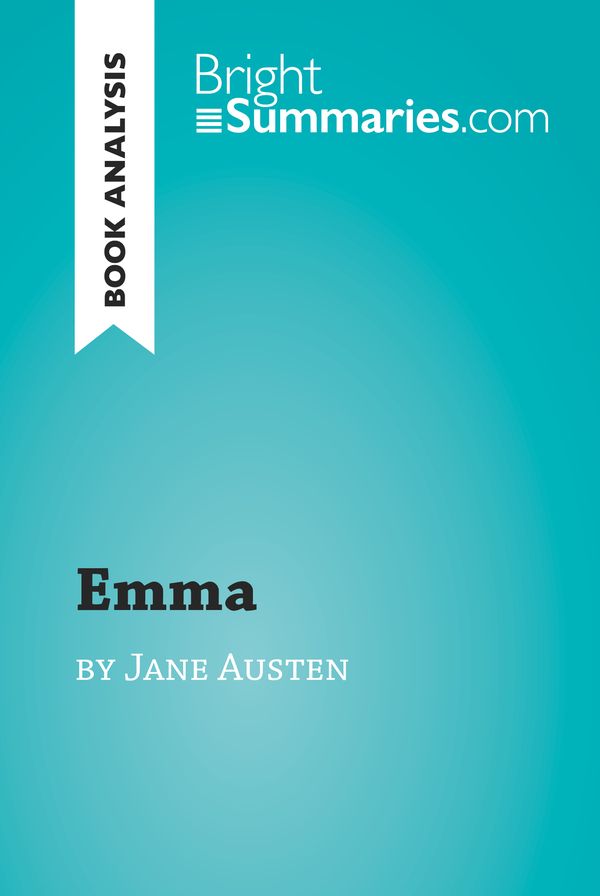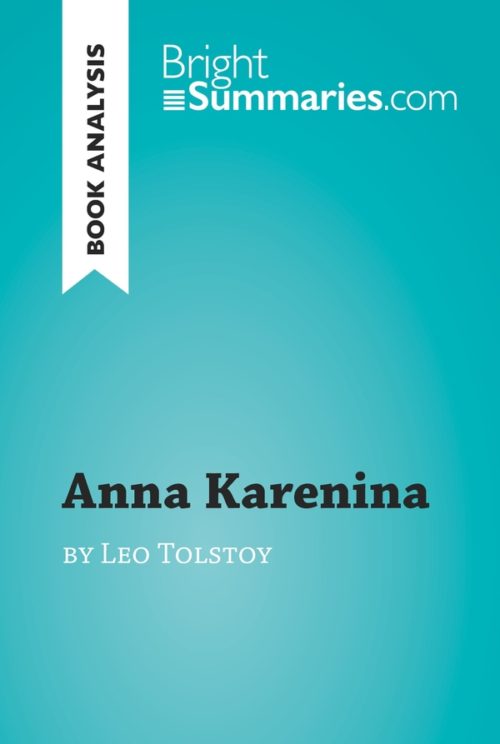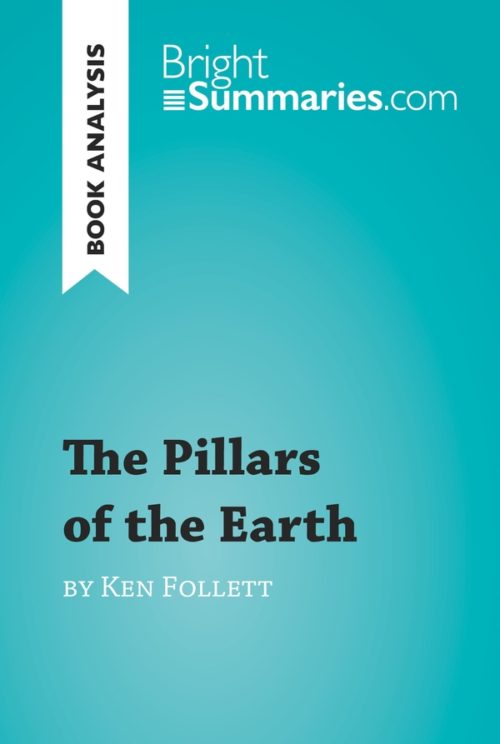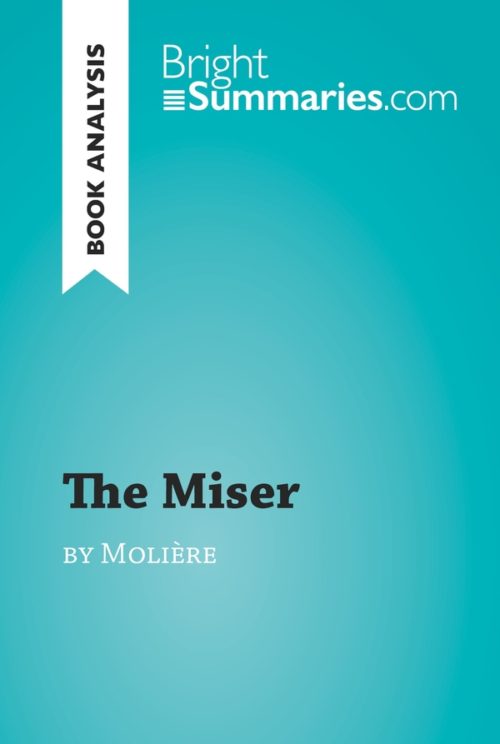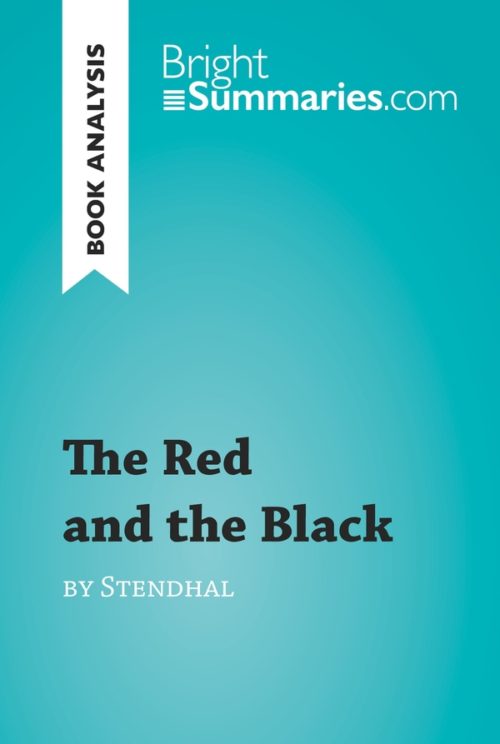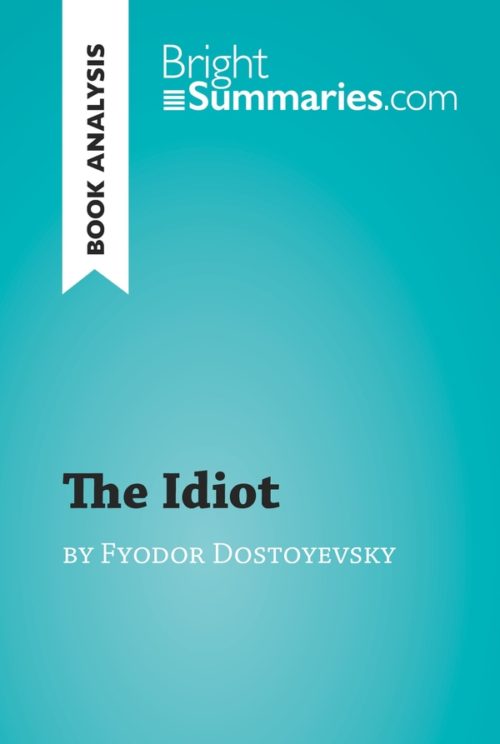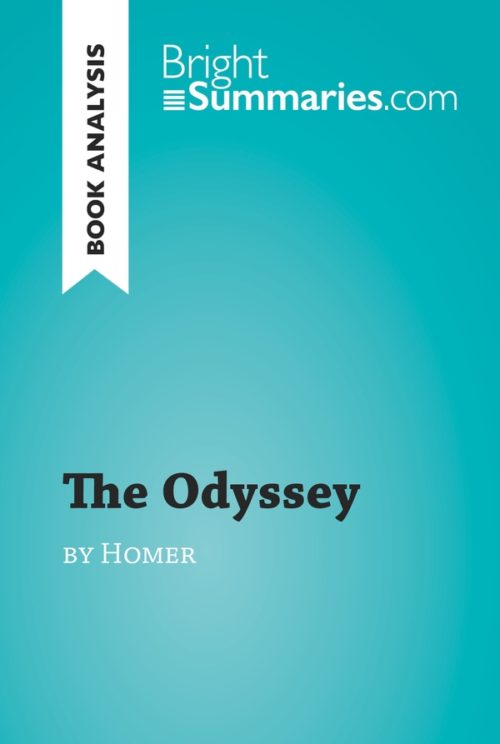Emma by Jane Austen (Book Analysis)
Emma by Jane Austen (Book Analysis)
Detailed Summary, Analysis and Reading Guide
Read more
This practical and insightful reading guide offers a complete summary and analysis of Emma by Jane Austen. It provides a thorough exploration of the novel’s plot, characters and main themes, including matchmaking, parent-child relationships and social class. The clear and concise style makes for easy understanding, providing the perfect opportunity to improve your literary knowledge in no time.
This clear and detailed 58-page reading guide is structured as follows:
- Biography of Jane Austen
- Presentation of Emma
- Summary of Emma
- Character study
- Emma Woodhouse
- George Knightley
- Harriet Smith
- Frank Churchill
- Analysis of Emma
- Suspicion and subtext
- Parental guidance
- Gentility
About Emma
Despite Austen’s claim that “I am going to take a heroine whom no-one but myself will much like”, the titular character of Emma is one of her most enduring popular protagonists. In spite of her flaws, namely her conceitedness and propensity for ill-judged matchmaking, she is charming, intelligent and witty, and finally meets her match in the gentlemanly Mr Knightley.
The novel has inspired numerous film and television adaptations, including a 1996 film adaptation starring Gwyneth Paltrow and the loose modern adaptation Clueless, which transposes the story to an American high school.
About Jane Austen
Jane Austen was an influential English writer, best known for her novels, including Emma, Sense and Sensibility and Northanger Abbey. She came from a respectable but not particularly wealthy family, which meant that her parents could not afford to send her to school. She therefore taught herself, thanks to her father, her brothers and the extensive family library. Austen never married, and her novels contain numerous criticisms of the position of women in Georgian society and wives’ dependence on their husbands. She also used her writing to critique the sentimental fiction that was popular in the second half of the 18th century, and she favored a writing style that fused realism, satire and irony.
Product details
| ISBN | 9782808015196 |
|---|---|
| Publisher | Plurilingua Publishing |
| Collection | Brightsummaries.com |
| Format | |
| Pages | 58 |
| File size | 2.1 MB |

